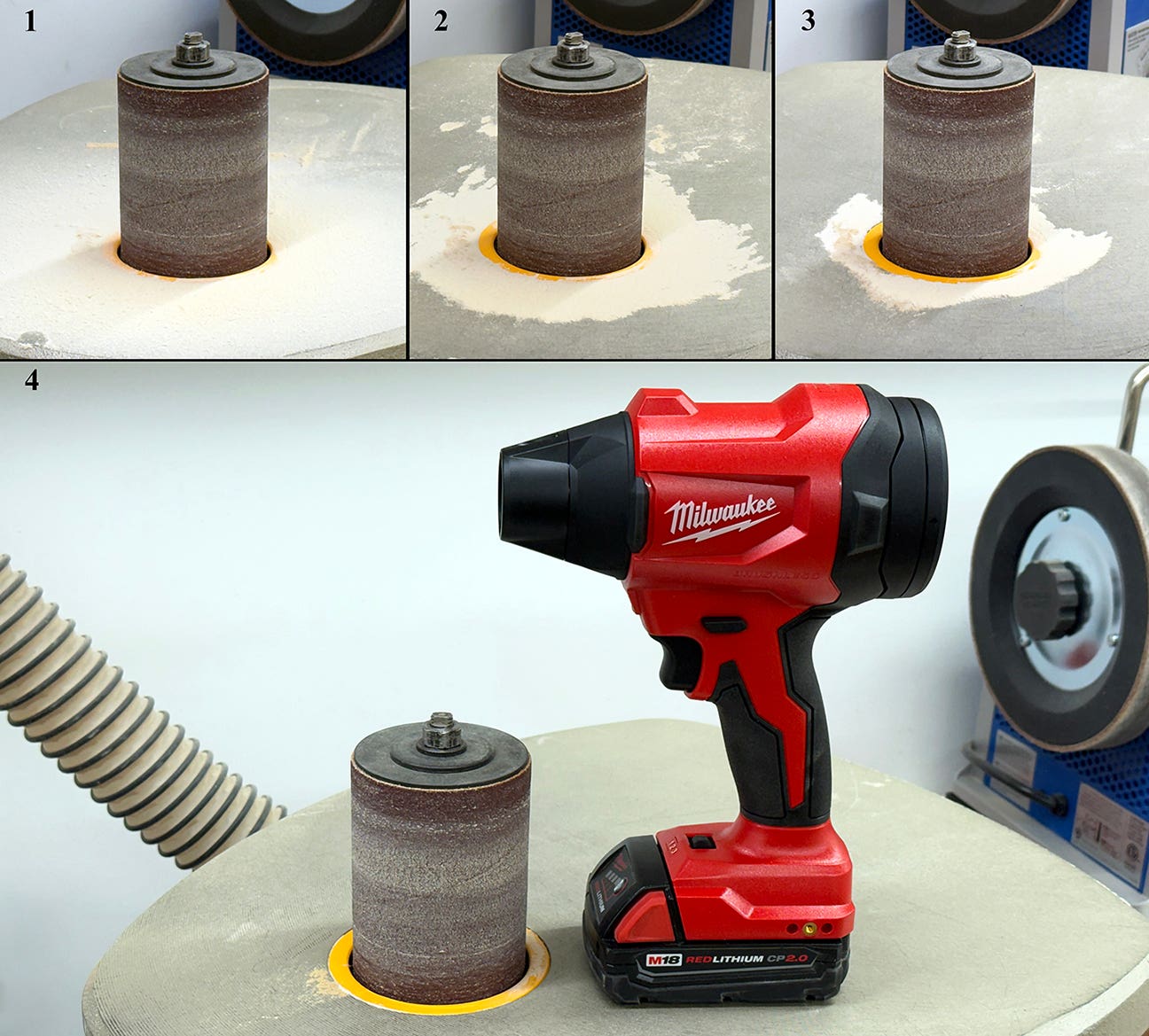Blemish on my record
Confession time: Wood imperfections don’t always bother me. In fact, I sometimes embrace them.
Confession time: Wood imperfections don’t always bother me. In fact, I sometimes embrace them.
Whenever laying out components of a project I try to make the wood and wood grain as harmonious as possible. I’m not a big fan of chatoyance, for example, and I dislike grain directions that are at odds with each other. In general, I avoid things that distract or draw attention away from a completed piece.
But sometimes blemishes in wood, as long as they’re not disruptive, can not only enhance the final look but can also give the viewer an insight (whether they realize it or not) into the characteristics of particular wood species. A perfect example is cherry.
Cherry is prone to dark gum streaks and pockets, and while a lot of woodworkers treat them as imperfections and try to work around them, I like them. They’re unique and, for me, a signature feature of the species. And as long as they’re not large, overly abundant or intrusive to the overall appearance, I always go out of my way to include them in any cherry piece I make.
That’s just one example, but almost every wood species has a feature like this – a streak of some sort, a swirl or wave in the grain, maybe a pattern here or there. As long as the effect isn’t overpowering and doesn’t work against the finished appearance, I treasure these blemishes and include them whenever I can.
A.J. Hamler is the former editor of Woodshop News and Woodcraft Magazine. He's currently a freelance woodworking writer/editor, which is another way of stating self-employed. When he's not writing or in the shop, he enjoys science fiction, gourmet cooking and Civil War reenacting, but not at the same time.







